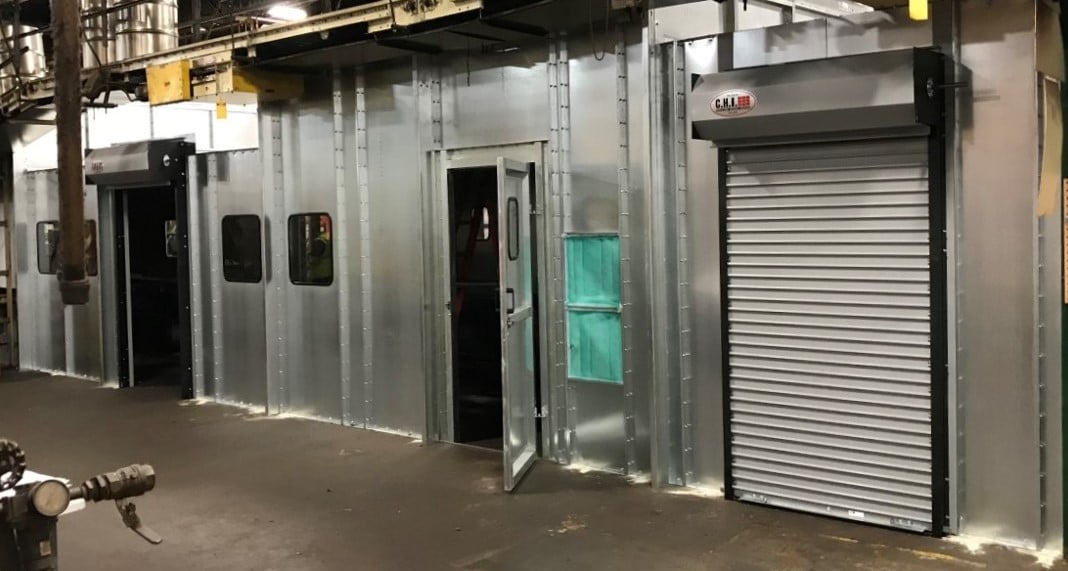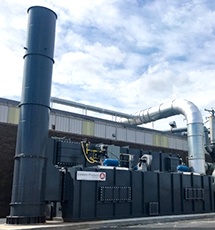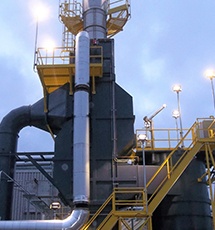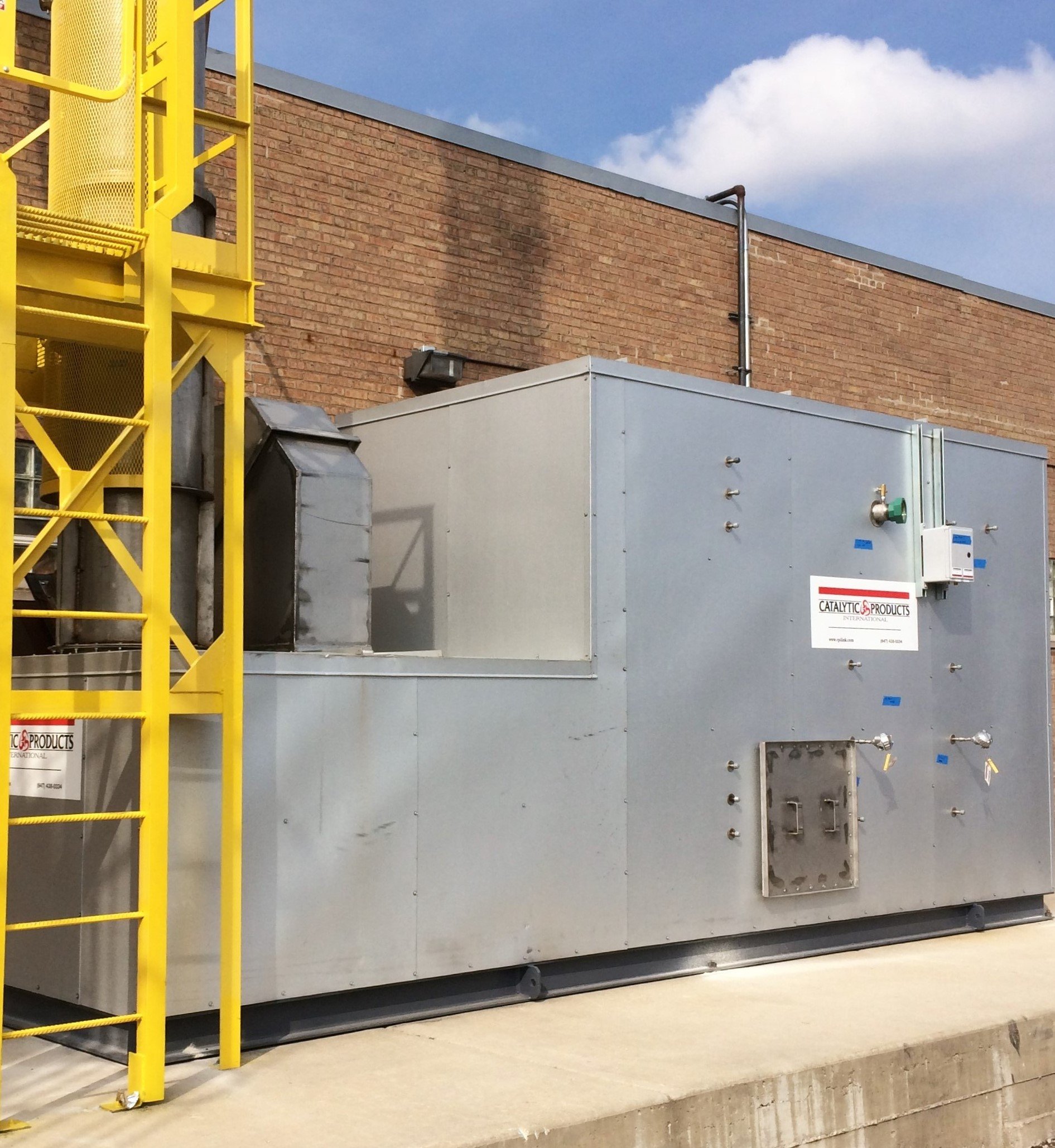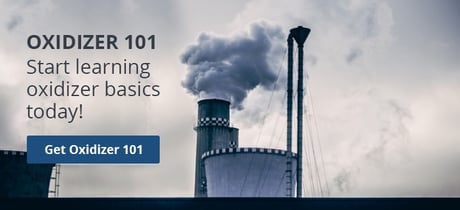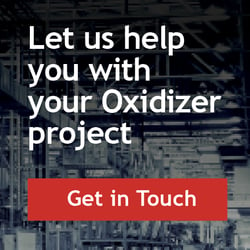Catalytic Products International (CPI) installed a new Regenerative Thermal Oxidizer (RTO) for the control of Volatile Organic Compounds (VOCs) at a Western USA manufacturer of precision fastening systems and components used in the aerospace industry.
Read More
Topics:
VOC Emissions,
Regenerative Thermal Oxidizer,
Paint & Coatings,
Emissions Capture,
Fastener Coating,
Installation
Catalytic Products International (CPI) installed a TRITON Services Regenerative Thermal Oxidizer (RTO) at a Southern USA bakery for VOC control.
Read More
Topics:
VOC Emissions,
Regenerative Thermal Oxidizer,
Bakery,
Installation,
Food
Catalytic Products International (CPI) recently completed the installation of a new Regenerative Thermal Oxidizer (RTO) for the abatement of Volatile Organic Compounds (VOCs) at a Midwest USA coater of threaded fasteners.
Read More
Topics:
VOC Emissions,
Regenerative Thermal Oxidizer,
Paint & Coatings,
Fastener Coating,
Installation
One of the most common methods of transporting bulk cargo is a cylindrical container known as a drum, also referred to as a barrel. These drums are used to transport thousands of different cargo including industrial chemicals, acids (and other corrosives), oils, solvents, paints, resins, adhesives and soaps. Painted steel drums and drums made from high-density polyethylene (HDPE), typically called poly, or plastic drums, are used most often to transport and store such cargo.
Read More
Topics:
VOC Emissions,
Regenerative Thermal Oxidizer,
Paint & Coatings,
Case Studies
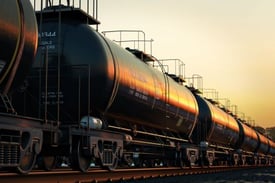 Trains and locomotive railcars operate in harsh environments which degrade the exterior paint and protective finish over time. For the interior of the tank and hopper cars, the linings must provide protection from highly corrosive cargo which can lead to heavy corrosion and premature coating failure. These vessels require durable and long-lasting finishes as varying weather and cargo can strip away these protective coatings.
Trains and locomotive railcars operate in harsh environments which degrade the exterior paint and protective finish over time. For the interior of the tank and hopper cars, the linings must provide protection from highly corrosive cargo which can lead to heavy corrosion and premature coating failure. These vessels require durable and long-lasting finishes as varying weather and cargo can strip away these protective coatings.
Read More
Topics:
VOC Emissions,
Regenerative Thermal Oxidizer,
Paint & Coatings,
Case Studies,
Installation,
Rail Car

| Volatile Organic Compounds (VOCs) and odors are natural by-products of many chemical manufacturing processes. The manufacturing of powdered and liquid flavorings & fragrances involves production phases where VOCs and odors can escape into the ambient air. Recapture of the VOCs is important in the prevention of air pollution and smog. Smog is formed when VOCs react with nitrogen oxides (NOx) in the presence of sunlight. The reaction forms ground level ozone, airborne particulates, and some other pollution. |
 |
Ozone has been selected as the standard to measure ground level pollution, a precursor under EPA’s criteria pollutant program. Areas of the country that have ozone readings above EPA guidelines are ruled nonattainment areas and have stricter regulations for VOC, CO, and NOx emissions. This proves that although the compounds that create offensive odors may not be present in sufficient concentrations to present a health risk, they can diminish the quality of life for the community surrounding the manufacturing process.
Read More
Topics:
VOC Emissions,
Flavoring and Fragrance,
Case Studies
Volatile Organic Compounds (VOCs) are pre-cursors to Ozone pollution and subject to EPA regulations. Thermal and catalytic oxidizers are routinely used to destroy VOC emissions from a variety of industrial sources.
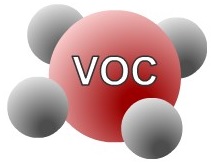
Read More
Topics:
Air Pollution Control,
VOC Emissions,
Thermal Oxidizer,
Catalytic Oxidizer,
Blog
Fugitive emissions are what we call the uncontrolled release of gases into the atmosphere. This is something that happens regularly; in fact, fugitive emissions can be released when we fill our cars' gas tanks. The air that is displaced inside a gas tank that is being filled causes hydrocarbons in the form of gasoline vapor emissions to exit from the fill spout into the atmosphere in an uncontrolled manner. Some states seek to limit these fugitive emissions by requiring gas stations to use "Vapor Recovery" nozzles which capture this vapor and return it to the gas station's underground gasoline tanks, reducing the "loss" of gasoline and creating less air pollution.
Read More
Topics:
Air Pollution Control,
VOC Emissions,
Blog,
Emissions Capture
Fugitive emissions are the uncontrolled release of gases into the atmosphere. This is something that occurs regularly; in fact, it often happens when we fill our cars' gas tanks. The air being displaced inside the gas tank when it is being filled causes gasoline vapor emissions (hydrocarbons) to exit into the atmosphere in an uncontrolled manner. However, some states do require the use of "Vapor Recovery" nozzles to capture these vapor emissions and return them to the gas station's underground gasoline tanks, where the vapors become liquid again, reducing the "loss" of gasoline and creating less air pollution.
Read More
Topics:
Air Pollution Control,
VOC Emissions,
Blog,
Emissions Capture
Fugitive emissions, in their simplest form, are the uncontrolled release of gases to the atmosphere. Each one of us may contribute fugitive emissions when we fill our automobile gas tanks. The displacement of air inside the gas tank causes gasoline vapor emissions (hydrocarbons) to exit out the fill spout (un-controlled) to the atmosphere. Some states require the use of "Vapor Recovery" nozzles which capture the vapor emissions, returning them to the underground gasoline tanks. The vapors then become liquid again, reducing the "loss" of gasoline, as well as removing hydrocarbons from the air, which means less air pollution.
Read More
Topics:
Air Pollution Control,
VOC Emissions,
Blog,
Emissions Capture

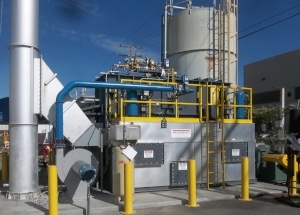
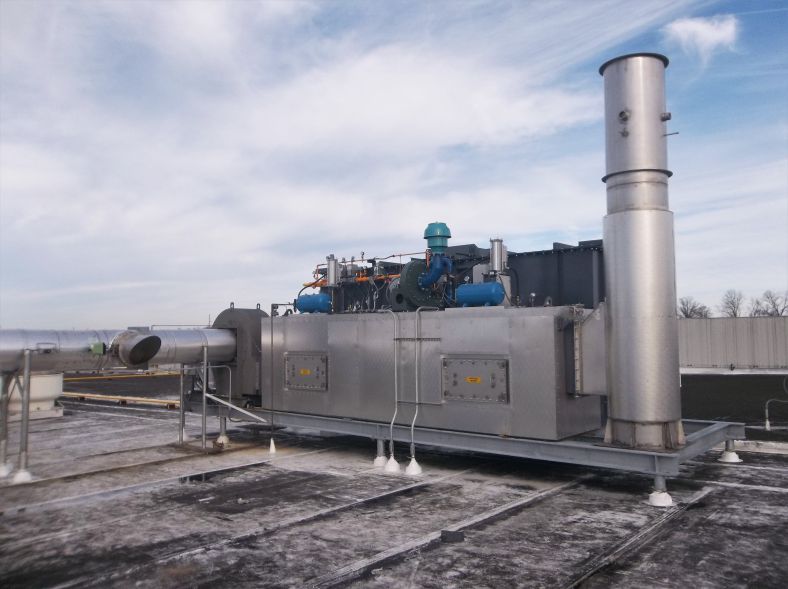
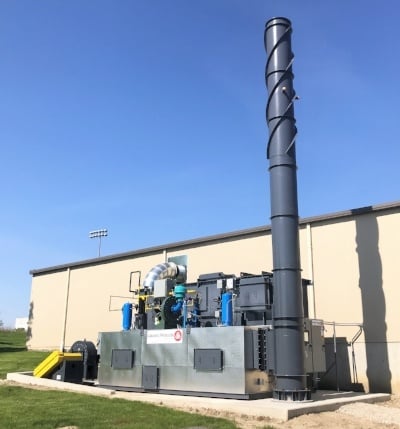
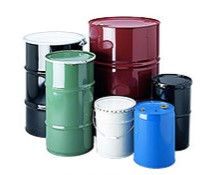
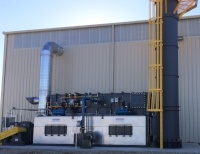
 Trains and locomotive railcars operate in harsh environments which degrade the exterior paint and protective finish over time. For the interior of the tank and hopper cars, the linings must provide protection from highly corrosive cargo which can lead to heavy corrosion and premature coating failure. These vessels require durable and long-lasting finishes as varying weather and cargo can strip away these protective coatings.
Trains and locomotive railcars operate in harsh environments which degrade the exterior paint and protective finish over time. For the interior of the tank and hopper cars, the linings must provide protection from highly corrosive cargo which can lead to heavy corrosion and premature coating failure. These vessels require durable and long-lasting finishes as varying weather and cargo can strip away these protective coatings.




